


To enjoy apricot blossoms, visitors are encouraged to go to the northern section of the Badaling Great Wall, particularly the fourth floor of North Tower, which offers a mesmerizing descent lined with dense apricot trees that has earned the title of "the most beautiful downward passage" from tourists. On both sides of the second floor of South Tower, visitors can also find stunning apricot trees, making them ideal spots for photography amid the breathtaking blossoms at the Great Wall. Besides, a north-south cable car ride provides visitors with an aerial view of the vibrant flowers.
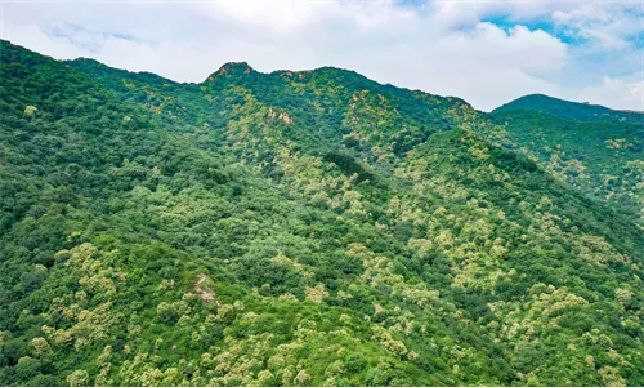
Within the Lilac Valley of Badaling National Forest Park lies the largest natural forest of amur lilac in North China. This area bursts into a splendid sea of flowers from early to mid-June every year.

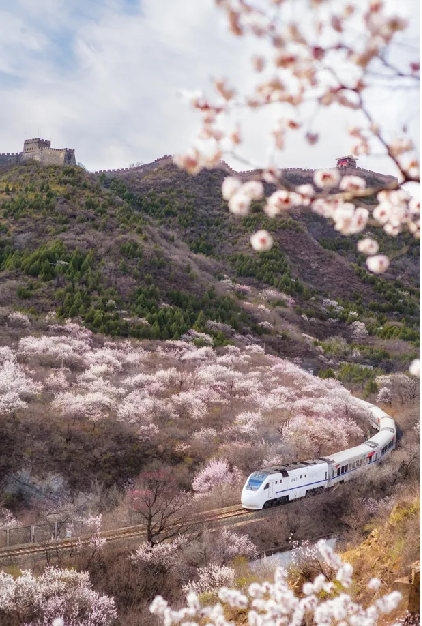
The flower sea in Juyongguan Great Wall mainly unfolds the beauty of apricot blossoms and Chinese wild peach flowers. The peak bloom period is predicted to be from March 25 to April 15. Visitors can take Line S2 to appreciate the winding Great Wall while enjoying the vibrant hues of spring in the surrounding regions. Visitors can also enjoy the beautiful views of Juyongguan Pass as trains pass through the sea of flowers near No. 3-4 beacon towers. Besides, wooden plank roads or viewing platforms in Juyongguan Village provide good sites for capturing the sight of trains traversing the flower sea.
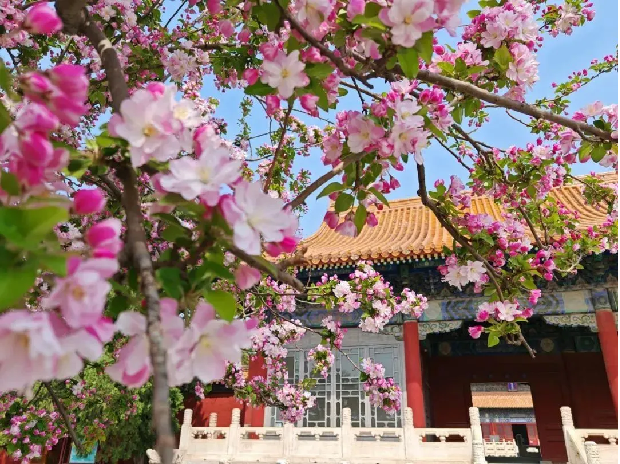
At the Ming Tombs, a UNESCO World Heritage Site, visitors can enjoy a delightful blend of apricot blossoms and ancient buildings, with Chinese flowering crabapple flowers swaying in the spring breeze.

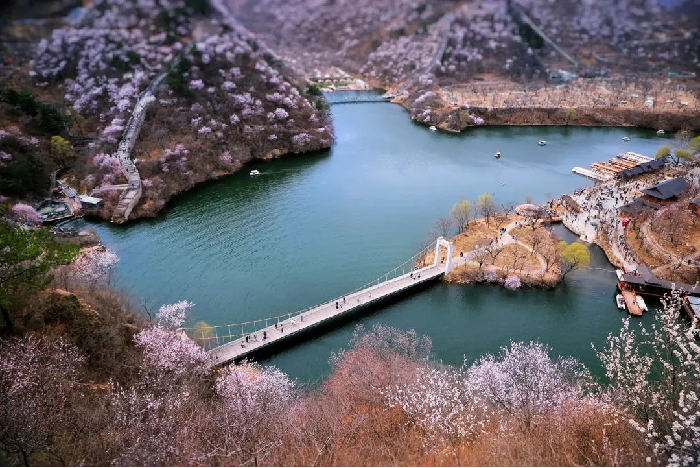
Apricot blossom viewing locations: Lakeside Plank Roads, Central Peninsula
Flower viewing time: mid-to-late March
Flowering period: 5-10 days
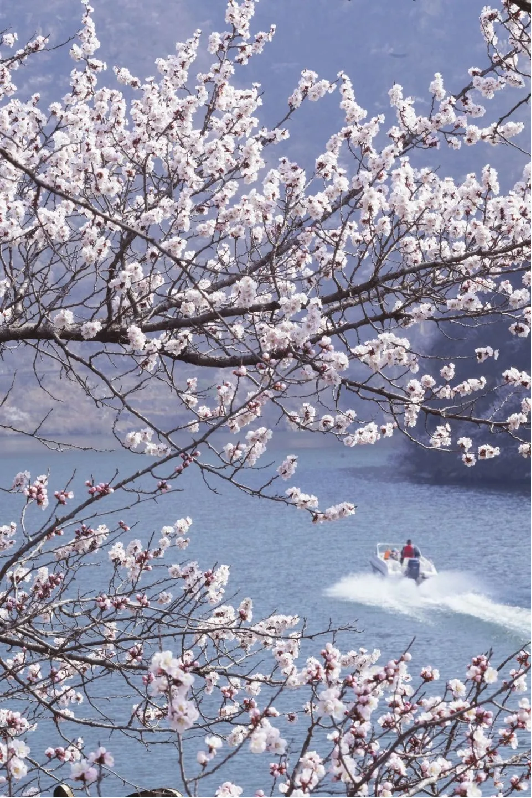
Chinese wild peach flower viewing locations: Shangba Road, Central Peninsula, beacon towers of the Ming Great Wall
Flower viewing time: mid-to-late March
Flowering period: about 20 days
Source: BeijingService


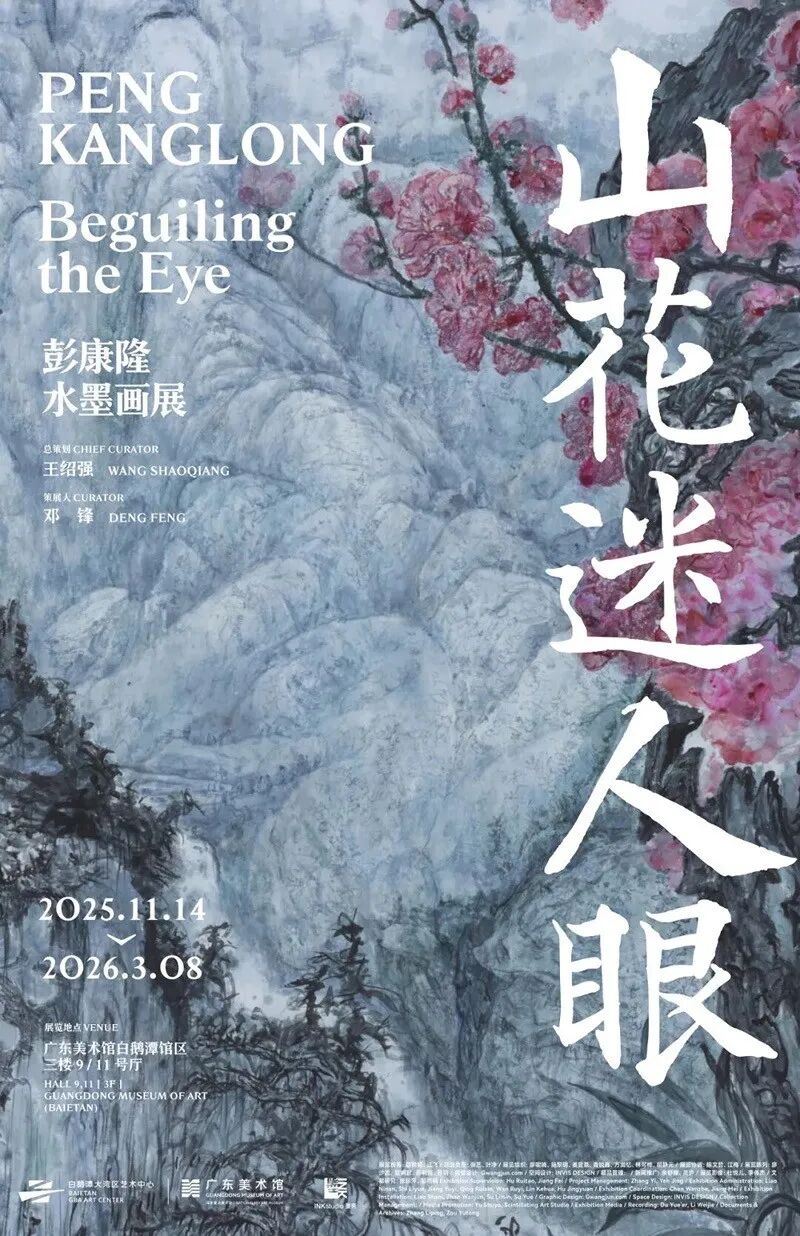

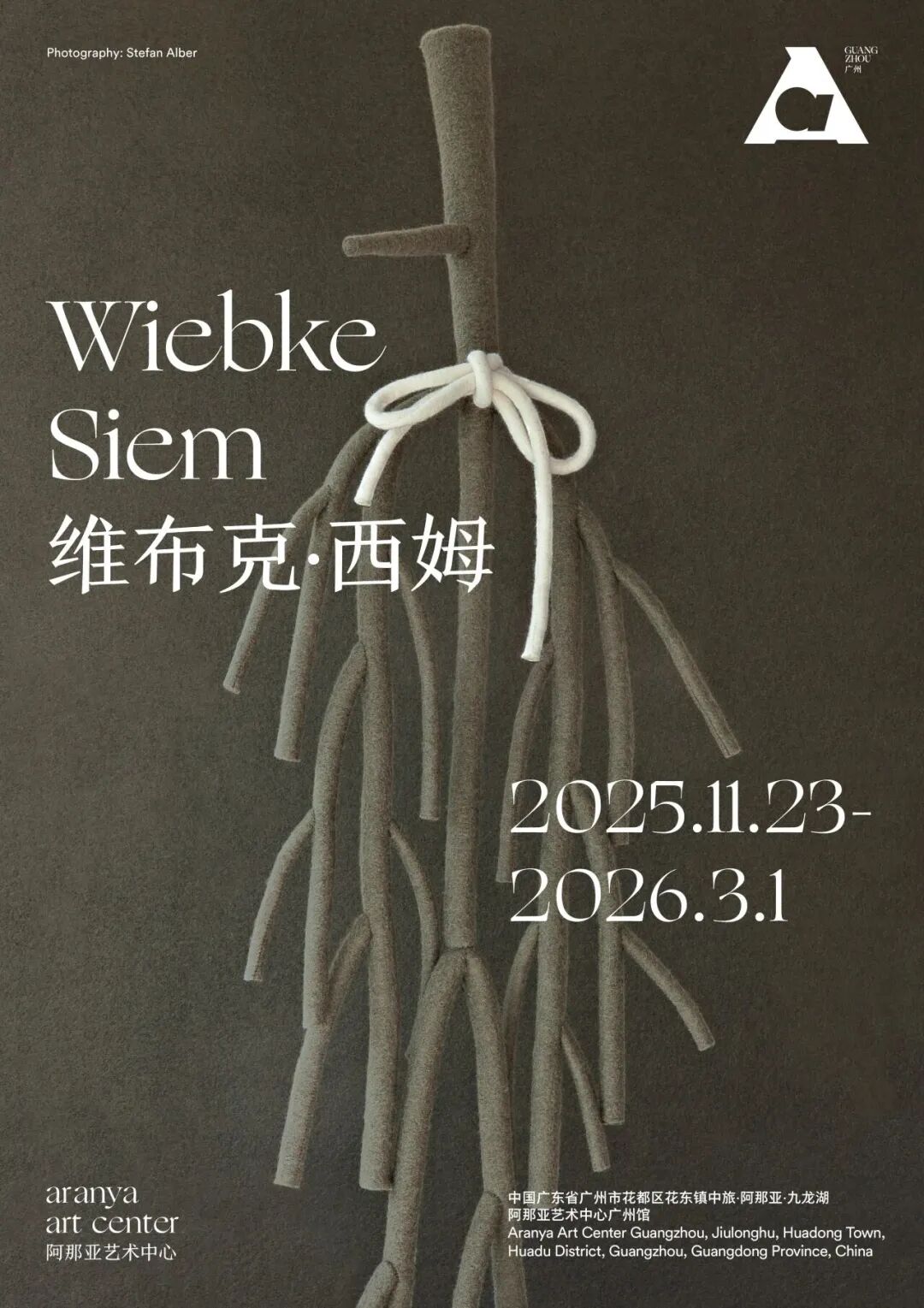



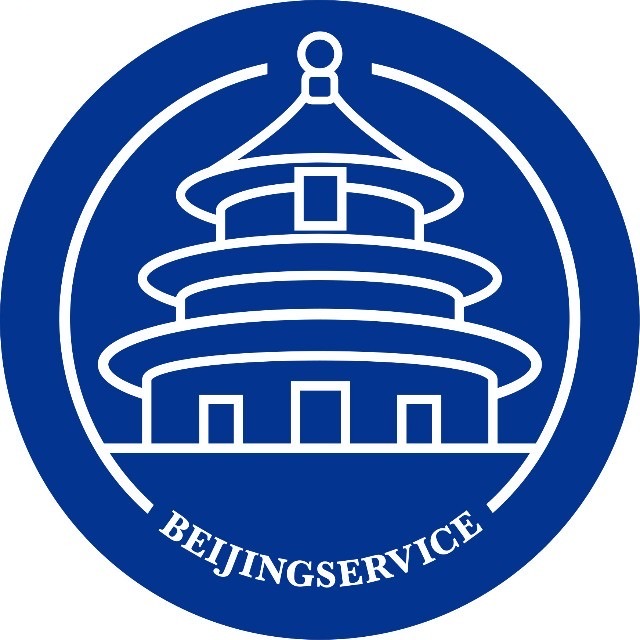
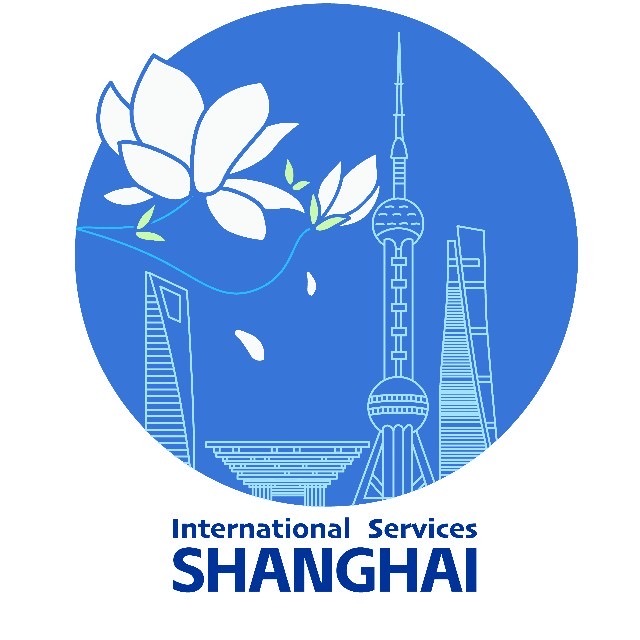




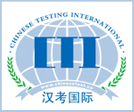
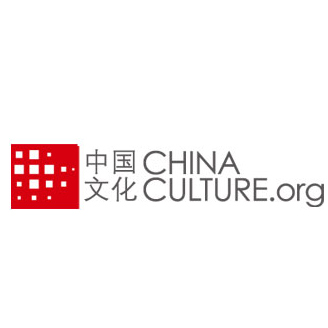
 京公网安备
京公网安备